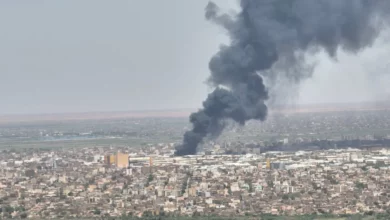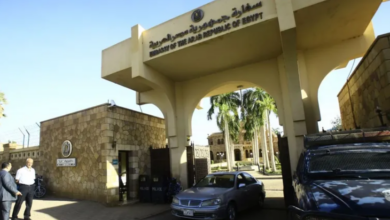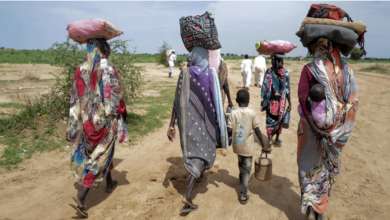
There, under his calming gaze and soft-spoken reassurances, Sudanese refugees and returning South Sudanese wait as aid workers and local women ladle through steel pots filled with lentils and porridge.
In Sudan, Darhok, who is of South Sudanese origin, was the headmaster of an English language secondary school in the capital Khartoum, where he taught his students texts by legendary African authors like Chinua Achebe to instil in them, he says, a sense of cultural pride.
After fighting broke out over two months ago in Khartoum, he and his family made the terrifying journey back to South Sudan and he has become a community elder here at the camp.
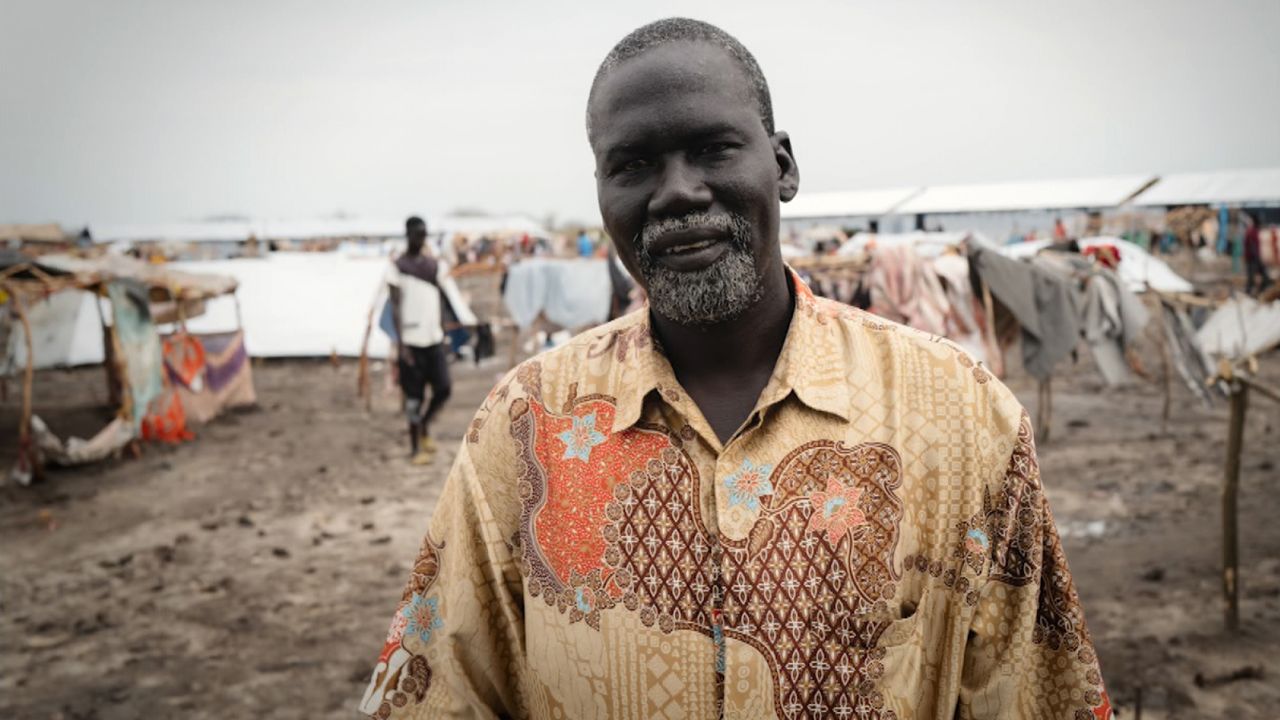
Set up a week into the fighting in Sudan, when desperate families arrived seeking shelter, the Renk transit camp near the border of South Sudan and Sudan was not supposed to hold more than 3,000 people. It now houses more than double that. There are no sanitation facilities, not enough waterproof sheets and not enough food. Not enough of anything.
“I eat once a day, sometimes not even that,” Darhok says, keeping an eye on the meal distribution. “Most of the men here are the same, so that the most vulnerable – the women and children – can eat.”
Even then, Darhok says, not all those queuing up will get food, and they’ll return to expectant families empty-handed.
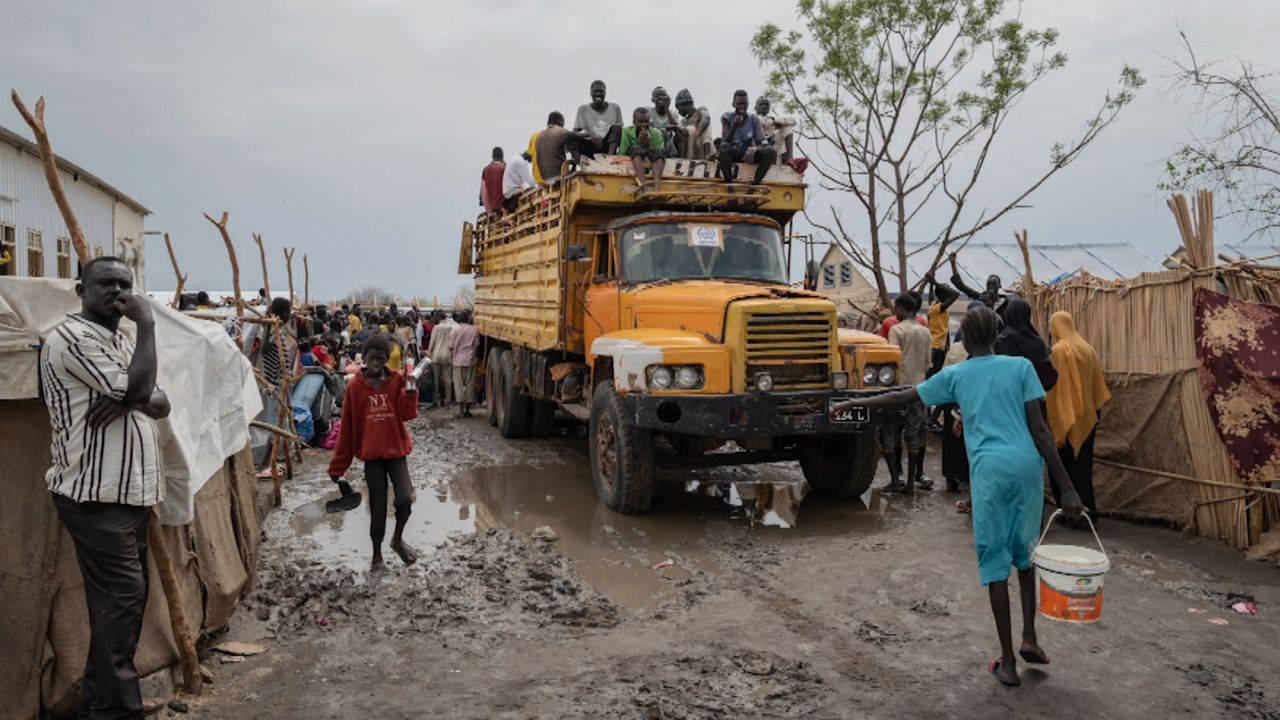
Fighting exacerbates refugee crisis
The UN estimates at least 860 people have been killed since fighting erupted on April 15 between Sudan’s Armed Forces and the rival paramilitary Rapid Support Forces (RSF).
With 6,000 people injured across Sudan as of June 3, half a million people have fled the country and more than 1.4 million are internally displaced.
Blighted by decades of fighting both before and after independence from the Republic of Sudan, South Sudan was already Africa’s largest refugee crisis, with 2.2 million people displaced outside the country’s borders and 2.3 million internally displaced. Now at least 800,000 South Sudanese have been driven back by the fighting in Sudan.
A spokesperson for the United Nations Refugee Agency (UNHCR) in Renk, Charlotte Hallqvist told CNN that an average of 1,500 people have been arriving daily since the fighting began in Sudan, adding to the burden of a country where 75% of the population are in need of assistance.
Hallqvist says the UN’s emergency response was already critically underfunded, “and the new emergency is adding additional strain to already limited resources.”
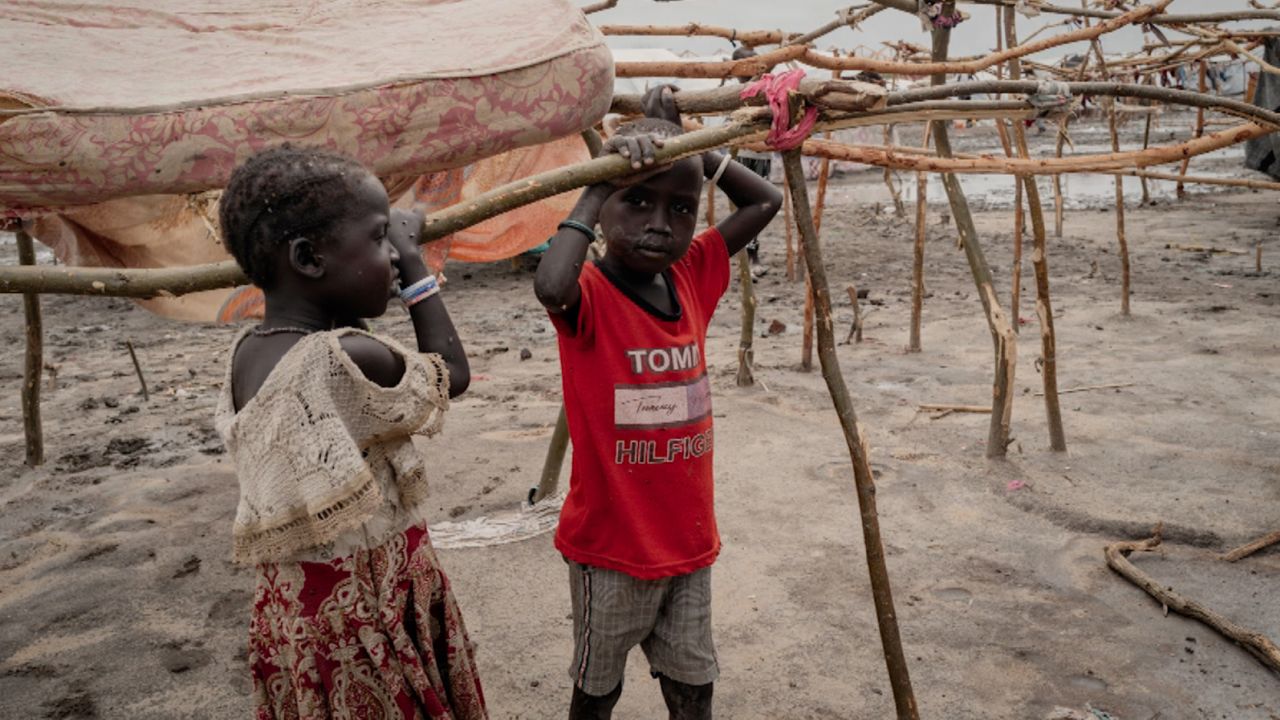
UN appeal for aid
To respond to the Sudan crisis, the UN needs $253 million, with the South Sudan response alone in need of $96 million.
According to UNHCR figures, two months into the crisis, international donors have so far only contributed 10% of the total figure, and 15% of the overall Sudan regional emergency response.
On June 19, the United Nations, the governments of the Arab Republic of Egypt, the Federal Republic of Germany, the State of Qatar and the Kingdom of Saudi Arabia, the African Union and the European Union will convene a High-level Pledging Event to support the humanitarian response in Sudan and the region in a bid to drive up donor contributions.
For many here in Renk, it’s too late; the international community’s delayed response has already cost lives.
Malnutrition and unsanitary conditions are triggering an epidemic of communicable diseases, and every day, Darhok tells us, a little boy or girl dies.
A CNN team visiting the camp witnessed the burial of one boy, not quite two-years-old, who had died in the early hours of that morning from measles.
His mother and grandmother sat in shocked silence as men shoveled earth onto his grave at the local cemetery, pausing to plant a spindly wooden cross before heading back to their own tents and their own vulnerable families, carrying with them the specter of a death that could have been prevented.

